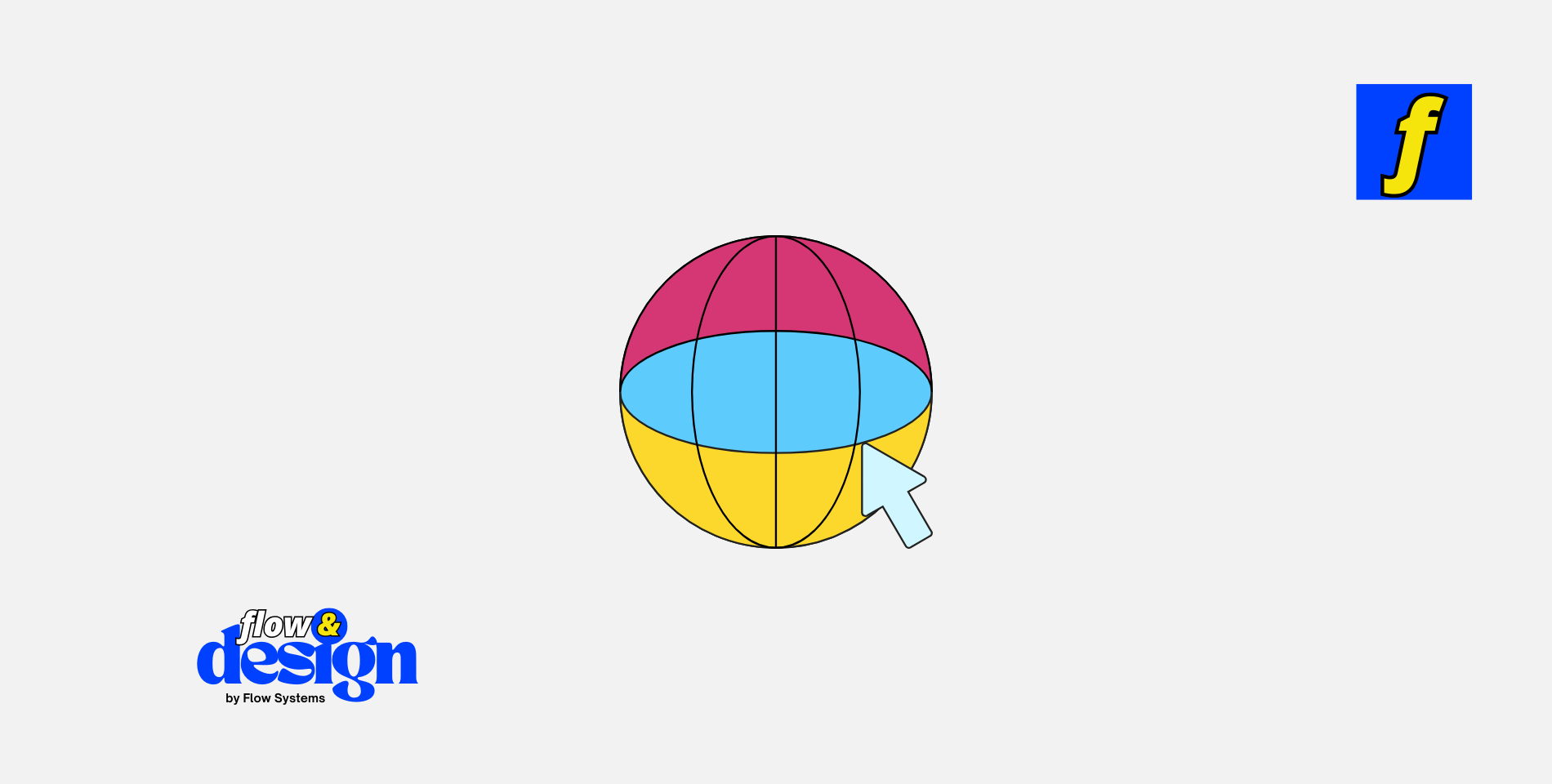Interactive web design is a crucial aspect of creating a successful online presence. In today’s digital age, consumers expect websites to be engaging, user-friendly, and visually appealing. Interactive design elements not only grab users’ attention but also encourage them to explore more content and ultimately convert into customers.
In this comprehensive guide, we will explore the concept of interactive web design and provide tips on how to incorporate interactive elements into your website to enhance user engagement and drive conversions.
What is Interactive Web Design?
Interactive web design refers to the practice of creating websites that engage users and encourage them to actively participate in the browsing experience.
This can include elements such as animations, hover effects, interactive forms, and more. Interactive design aims to create a dynamic and engaging user experience that keeps visitors on the site longer and encourages them to take action.
Why is Interactive Web Design Important?
Interactive web design is essential for several reasons.
Firstly, it helps to capture users’ attention and keep them engaged with your content. Interactive elements make the browsing experience more enjoyable and memorable, leading to increased brand loyalty and repeat visits. Additionally, interactive design can help to guide users through your website and encourage them to take specific actions, such as signing up for a newsletter or making a purchase.
Looking to boost user engagement with interactive web design? At Flow & Design, we specialize in creating dynamic, interactive websites that captivate audiences and enhance the overall user experience. Our expert team will seamlessly integrate interactive elements to keep your visitors engaged and improve conversions.
Ready to transform your website? Explore our pricing options and start your project with us today!
Tips for Incorporating Interactive Elements into Your Website
There are several ways to incorporate interactive elements into your website to enhance user engagement.
Here are some tips to help you get started:
1. Use Animations and Transitions
Animations and transitions can add a touch of interactivity to your website and help to guide users through the content. Consider using subtle animations for elements such as buttons, images, and text to draw users’ attention and create a more dynamic browsing experience. Transitions can also be used to smoothly navigate between pages or sections of your website, enhancing the overall user experience.
2. Implement Hover Effects
Hover effects are a simple yet effective way to add interactivity to your website. By changing the appearance of elements when users hover over them, you can create a more engaging and interactive browsing experience. Consider using hover effects for buttons, links, images, and other interactive elements to encourage users to explore more content on your site.
3. Create Interactive Forms
Forms are an essential part of many websites, but they can often be dull and uninspiring. To make your forms more interactive, consider adding features such as real-time validation, auto-fill options, and interactive feedback messages. Interactive forms not only make it easier for users to submit information but also enhance the overall user experience.
4. Incorporate Interactive Maps and Infographics
Interactive maps and infographics are great tools for presenting complex information in a visually appealing and engaging way. Consider using interactive maps to showcase your locations or create interactive infographics to illustrate data and statistics. These interactive elements can help to capture users’ attention and make your content more engaging and memorable.
5. Add Gamification Elements
Gamification elements, such as quizzes, polls, and interactive games, can add a fun and engaging element to your website. Consider incorporating gamified elements to encourage users to interact with your content and stay on your site longer. Gamification can also help to increase user engagement and drive conversions by incentivizing users to take specific actions.
Conclusion
Interactive web design is a powerful tool for enhancing user engagement and driving conversions on your website.
By incorporating interactive elements such as animations, hover effects, interactive forms, and gamification elements, you can create a more dynamic and engaging browsing experience that keeps users coming back for more. Remember to test different interactive elements to see what works best for your audience and make adjustments as needed. With the right approach, interactive web design can help you stand out from the competition and create a memorable online experience for your users.
Products
- Landing Page Design eBook – Master high-converting landing page techniques.
- Learn Design Basics eBook – A foundational guide for new designers.
- The Golden Ratio Design eBook – Apply timeless design principles.




